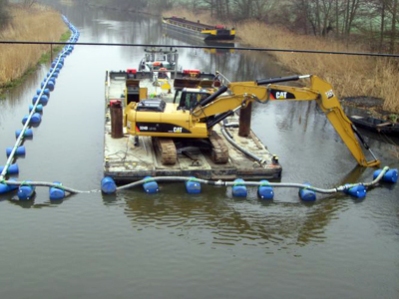De-watering or construction of dehydration are terms used to describe the removal of groundwater or surface water from the construction site. Normally the process of dewatering is done by pumping or evaporation, and is usually performed before the foundation excavations or lower groundwater, which can cause problems during excavations. Dehydration can also be known as a process for removing water from the soil by wet classification.
Why is dehydration?
Construction of dehydration is used on most construction sites accumulated water in ditches and trenches, from the slope inappropriate or high groundwater level. In construction projects of water should be removed in order to work as planned, or provide a safe workplace. We typically tend to use water pumps for drainage of these areas.
Drainage Precautions:
De-watering activities must be carried out correctly in order to avoid land erosion in construction. It is also important to choose the best site for discharge, although it can be far from water or caught. There are many other products that can be used to remove debris from the pumped water, such as drainage bags. When selecting areas for discharges from dewatering process, remember to:
The water should not be pumped directly on the slopes.
Drainage should be directed to the wooded buffer, if available.
Special attention and their drainage of the area shows signs of erosion or instability.
Channels used for drainage must be stable and better if they are protected by grass or vegetation.
Avoid dehydration in torrential rain, because infiltration is at least and water will go slower or simply dewatering process will not work.
Never discharge for the water that has been contaminated with oil, grease, chemical products directly. In such cases it may be necessary to oil/water separator.
Additional conditions and requirements may require from State to State, local or federal agencies.


